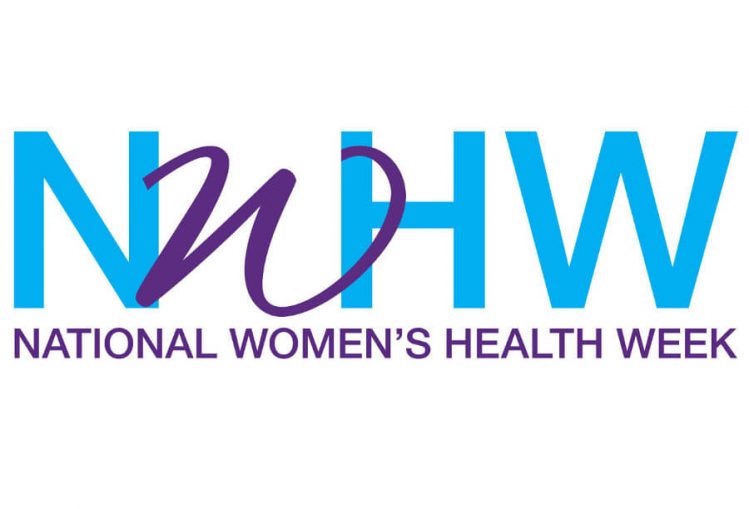
Women’s Health and Cancer
During the month of May, we spotlight women’s health by celebrating National Women’s Health Week.
National Women’s Health Week is an observance led by the U.S. Department of Health and Human Services Office on Women’s Health. The goal is to empower women to make their health a priority. The week also serves as a time to encourage women to take steps to improve their health. The 19th annual National Women’s Health Week follows Mother’s Day, May 13, and is commemorated May 14 – 20, 2018.
While focusing on women’s health, it is important to remember the various cancer screenings that exist for women. Cancer ranks as the second most frequent cause of death for U.S. women, after heart disease and according to the American Cancer Society, nearly 80,000 women per year are diagnosed with some form of gynecologic cancer and 266,120 new cases of invasive breast cancer will be diagnosed in women in 2018.
As a woman, it is vital to take control of your health and be your own advocate for personal care. Remember to ask your primary care physician about what cancer screenings are available for you and discuss the pros and cons of cancer screenings with your physician before making a screening decision. Screening tests can be as simple as at-home breast exams or as sophisticated as DNA tests for BRCA gene mutations.
There are numerous cancer screenings that can save lives and prevent tumor development (colonoscopies for colon cancer, CT scans for lung cancer, skin cancer screenings, etc.), but two screenings that greatly affect women’s lives are Pap tests for cervical cancer and mammograms for breast cancer.
A Pap test (or Pap smear) is a test of a sample of cells taken from a woman’s cervix or vagina during a pelvic exam. The test is used to look for changes in the cells of the cervix or vagina and it is the best tool to detect precancerous conditions and hidden, small tumors that may lead to cervical cancer.
A mammogram is a low-dose x-ray exam of the breasts to look for changes that are not normal. The results are recorded on x-ray film or directly into a computer for a doctor called a radiologist to examine. A mammogram allows the doctor to have a closer look for changes in breast tissue that cannot be felt during a breast exam and it is currently the most widely practiced type of examination of female breasts as a means to detect abnormal changes in the tissue.
Our team has extensive experience treating gynecologic and breast cancer patients with radiation therapy and are here to help. If you, or a loved one, have been diagnosed with gynecologic or breast cancer and would like to speak to a patient coordinator about your treatment options, please contact our center today.
